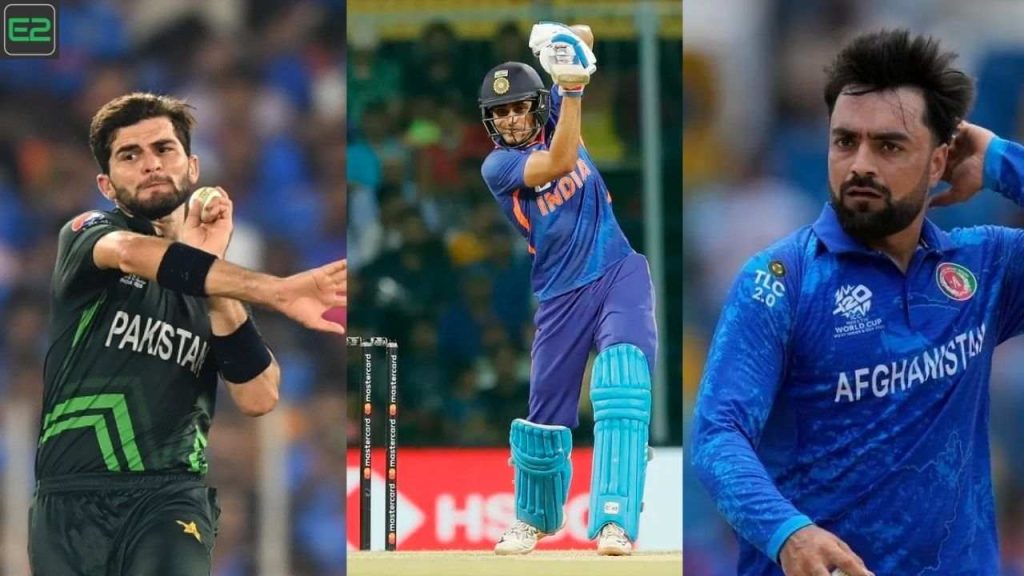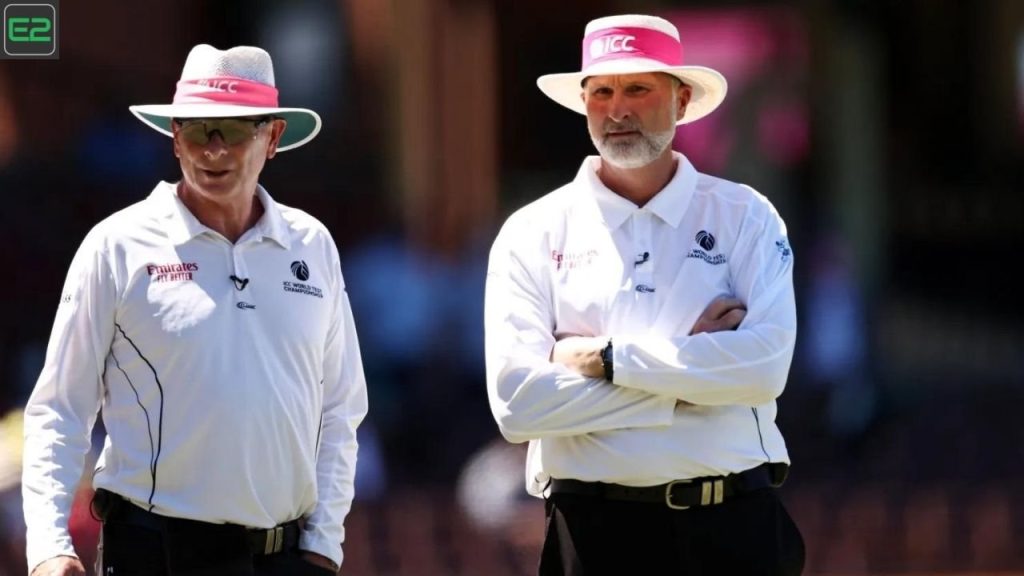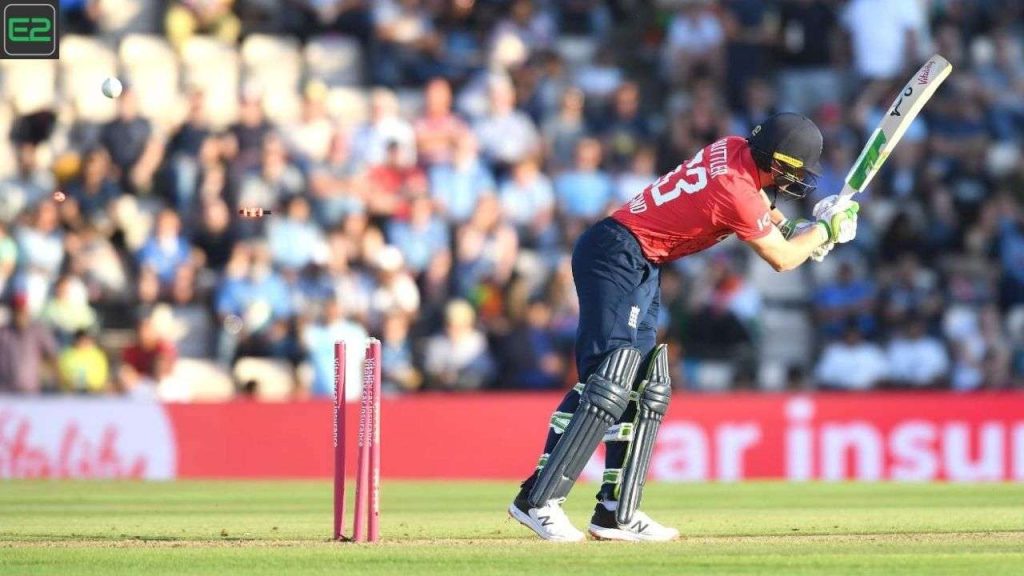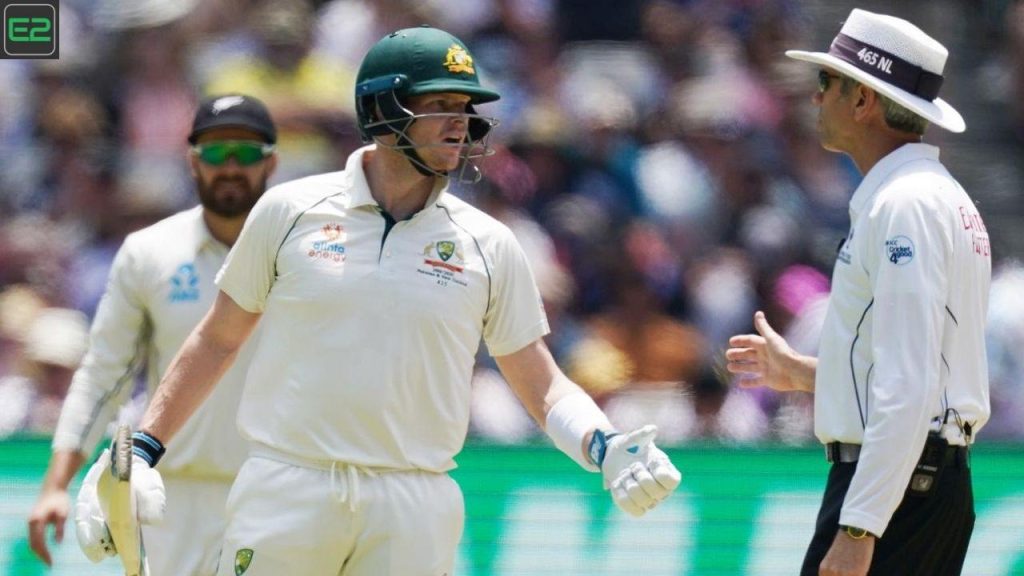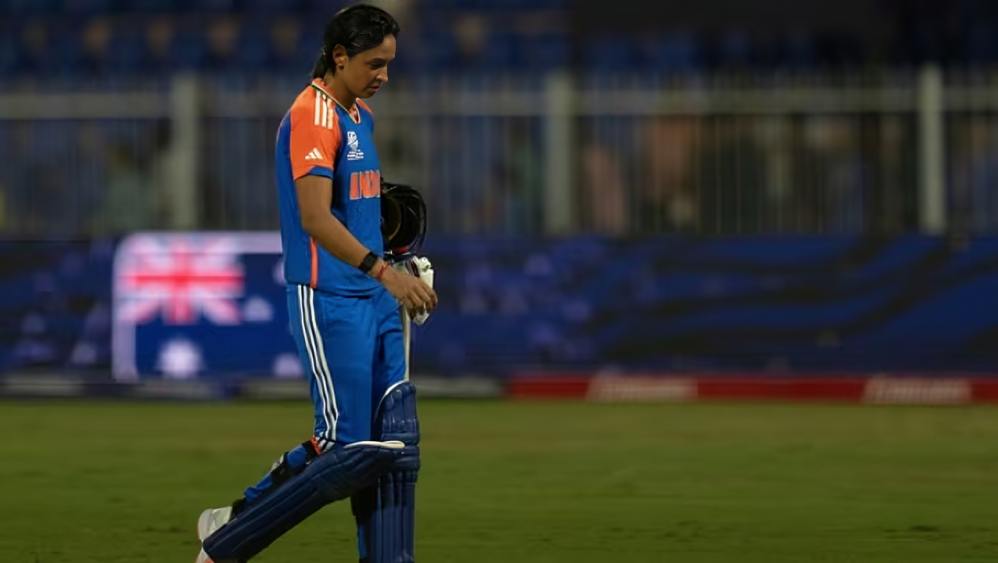Why Are All Namibian Cricketers White?: The question of racial representation in Namibian cricket is both complex and thought-provoking. It’s important to understand that the observation that many Namibian cricketers are white goes beyond mere statistics; it’s deeply intertwined with Namibia’s historical and socio-economic realities.
Why Are All Namibian Cricketers White?

Namibia’s colonial past, marked by apartheid, has left a significant imprint on its society. During colonial rule, cricket was largely viewed as a sport for the elite, primarily played by the white population. This exclusivity meant that facilities, coaching, and support were mostly accessible to white communities, effectively marginalising others. Even after Namibia gained independence in 1990, the legacy of these divisions continued to shape the sporting landscape. Cricket remained entrenched in white-dominated schools and clubs, while many people from other communities gravitated towards sports like football and rugby, which felt more accessible and culturally relevant.
Many talented young players from disadvantaged backgrounds encounter barriers

In addition to historical context, socio-economic factors play a crucial role in the representation of athletes in cricket. Many talented young players from disadvantaged backgrounds encounter barriers to entry in sports that require significant financial investment, such as equipment, training, and facilities. Cricket, unfortunately, tends to be associated with wealthier communities, limiting opportunities for aspiring players from less affluent backgrounds.
The disparity extends to education and access to quality coaching. Schools in wealthier neighbourhoods often have better cricket programs, leaving talented players from poorer areas without the same opportunities to develop their skills. This systemic inequality results in a landscape where white players are more visible and successful in the sport, while equally talented athletes from other backgrounds struggle to gain recognition.

Various organisations and local clubs are working to create opportunities
Fortunately, there have been positive initiatives aimed at promoting cricket among a more diverse range of communities in Namibia. Various organisations and local clubs are working to create opportunities for aspiring cricketers from different ethnic backgrounds. Programs targeting schools in underprivileged areas are being developed to identify and nurture talent, regardless of racial or economic background.
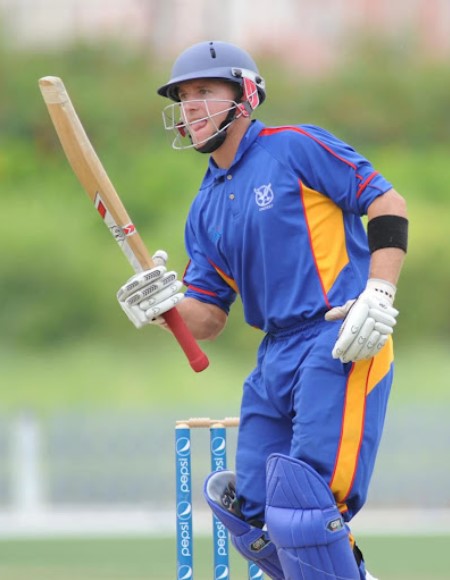
However, while these initiatives are commendable, progress has been slow. Changing the demographic representation in a sport requires more than just access; it also demands a culture of acceptance and a commitment to celebrating diversity. Cricket administrators and stakeholders must actively work to ensure that the sport is perceived as a viable and attractive option for all Namibians, not just a select few.
To address the current state of cricket in Namibia
To address the current state of cricket in Namibia, a multifaceted approach is essential. Increased funding for grassroots programs, alongside the promotion of inclusive initiatives, is critical. It’s also important to encourage representation at all levels of the sport, from local schools to national teams. By actively engaging with underrepresented communities, we can start to create a cricket culture that reflects the rich diversity of Namibian society.
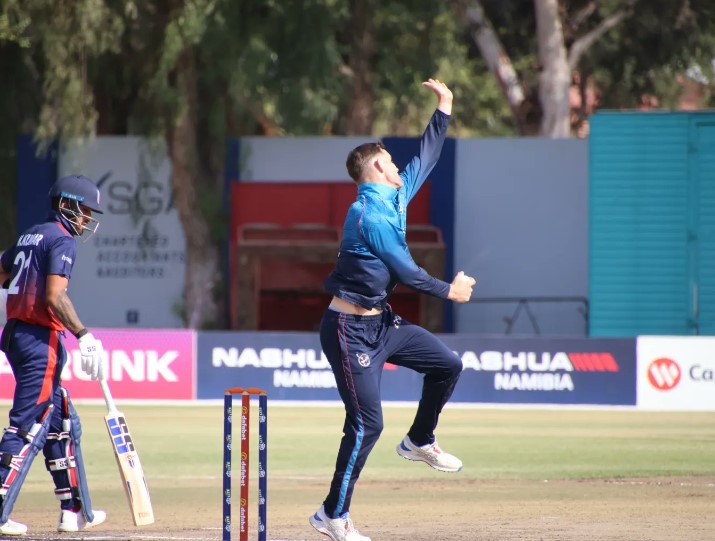
Ultimately, the question of why most Namibian cricketers are white serves as a reminder of the broader themes of inequality and representation in sports. While historical and socio-economic barriers are significant, the potential for change is real. By embracing inclusivity and diversity, cricket in Namibia can evolve into a sport that truly represents all its people, fostering unity and a shared passion for the game. It’s a journey that requires commitment from all involved, but one that can lead to a brighter, more equitable future for Namibian cricket.
You will have fun playing exciting games on here: E2Bet
Here Are Some Helpful Tips:



